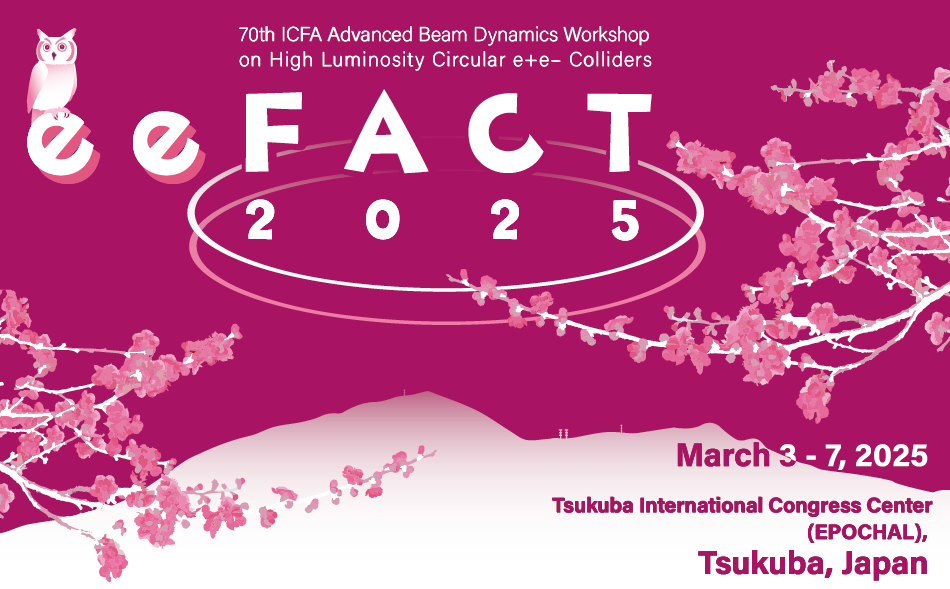Speaker
Description
The instability of the electron beam interacting with the residual ions in the EIC electron storage ring (ESR) was identified as a concern during the early design stages. Both the multi-turn (with ion accumulation) and single-turn (also known as “fast-ion” type) versions of the instability could potentially lead to large oscillations of the beam centroid, degrading the collision rate and generating significant detector backgrounds. Furthermore, even small electron beam oscillations on the order of 10^{-4} of the rms beam size are predicted to cause unacceptable growth of the proton beam emittance via beam-beam interactions. Although the tune spread from the beam-beam interaction provides strong Landau damping of the instability, simulations with particle tracking codes, along with some analytical estimates, predicted uncomfortably low instability thresholds for the original ESR vacuum system design. This motivated the current design, which relies more extensively on NEG-coated chambers and achieves an order-of-magnitude lower residual gas pressure, approximately 10^{-9} Torr. Tracking simulations under these improved conditions predict stability during collisions. The magnitude of residual beam oscillations when below the instability threshold but still under the influence of collective forces is still being investigated.
Funding Agency
Work supported by Brookhaven Science Associates, LLC under Contract No. DE-SC0012704 with the U.S. Department of Energy.
| I have read and accept the Privacy Policy Statement | Yes |
|---|

